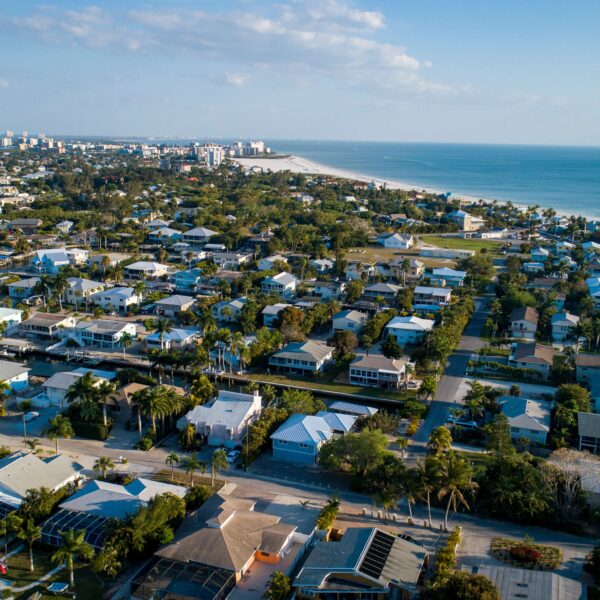Vincent Van Gogh died on July 29, 1890, at just 37 years old. This year, marks 135 years since his passing. 135 years of his work touching the lives of millions of people. Today, we’re taking a look back at Van Gogh’s Life and Death, and his subsequential legacy.
Vincent was born on March 30, 1853, to his parents Theodorus van Gogh and Anna Carbentus. They named him Vincent after their first son of the same name was stillborn a year earlier on the exact same date.
His father was a protestant minister in the Brabant village of Zundert. He and Anna went on to have 3 daughters and 2 more sons after Vincent: Anna, Theo, Wil, Lies, and Cor.
While Vincent excelled in school, earning good grades, he was deeply unhappy and quit in his early teens. He never returned to school after that.
Along with his paintings, Vincent’s letters are an intimate look into his life. His earliest letters dating back to when he was just 16 years old, working as a trainee at the international art dealer group Goupil & Cie, under the wing of his uncle.
Vincent’s brother Theo also began to work at Goupil at the Brussels branch while Vincent worked at the London branch until he was transferred to Paris in 1875. In Paris, Vincent became increasingly religious, his letters to his brother Theo being filled with Bible verses and stories of church services and sermons. He was struggling to find his place, still unhappy in his position and a year later was dismissed from his job.

In the years that followed Vincent worked as a schoolmaster, bookseller and even tried to go back to school but unfortunately, lacked the discipline to study. He soon ventured to Belgium to pursue working as a lay preacher.
“Theo, your brother spoke for the first time in God’s house last Sunday, in the place where it is written ‘I will give peace in this place’.” – An excerpt from Vincent’s letter to Theo, November 1876.
Learn more about Vincent’s time as a preacher here.
Vincent would often include little drawings in his letters to Theo, and Theo, now being a manager at Goupil & Cie, advised Vincent to focus on his artwork.
In 1881, Vincent moved back in with his parents (much to their disappointment in his new career change) and Theo was able to financially support him as he practiced and honed his art.
Due to numerous conflicts with his parents, Vincent moved out less than a year later and found his own place. There he practiced in a studio daily under the advisory of an artist and cousin by marriage. He learned the basics of oil and watercolor painting and practiced relentlessly.
Shortly after his father’s death in 1885, Vincent enrolled in academy of art in Antwerp and left home for the last time. There he created “The Potato Eaters”.
Vincent moved to Paris for a few years before settling in Arles in the south of France. Here he lived in the infamous “Yellow House” that can be seen in numerous pieces of his work.

While Vincent suffered from mental health issues that got worse over the years, he was most productive in his artistry during the last two years of his life from 1888-1890. After he was released from a mental institute in the spring of 1890, he poured himself into his work, virtually completing one painting a day. While his health seemed to be improving, he died only a few months later.
While the circumstances regarding his death are a talking point, Vincent Van Gogh was more than his death or mental health. He was a prolific artist that shaped the art world, still, 135 years after his death. The Vincent Van Gogh Museum opened in 1973 and has drawn approximately 2 million visitors from around the world every year.
Vincent’s legacy is one of persistence, his work having shaped modern art and touched countless lives through his invocative and emotional works. While he never got to witness the fruits of his labor during his lifetime, his legacy will live on.
“I can do nothing about it if my paintings don’t sell. The day will come, though, when people will see that they’re worth more than the cost of the paint and my subsistence, very meagre in fact, that we put into them.” – An excerpt from Vincent’s letter to Theo, October 1888.




